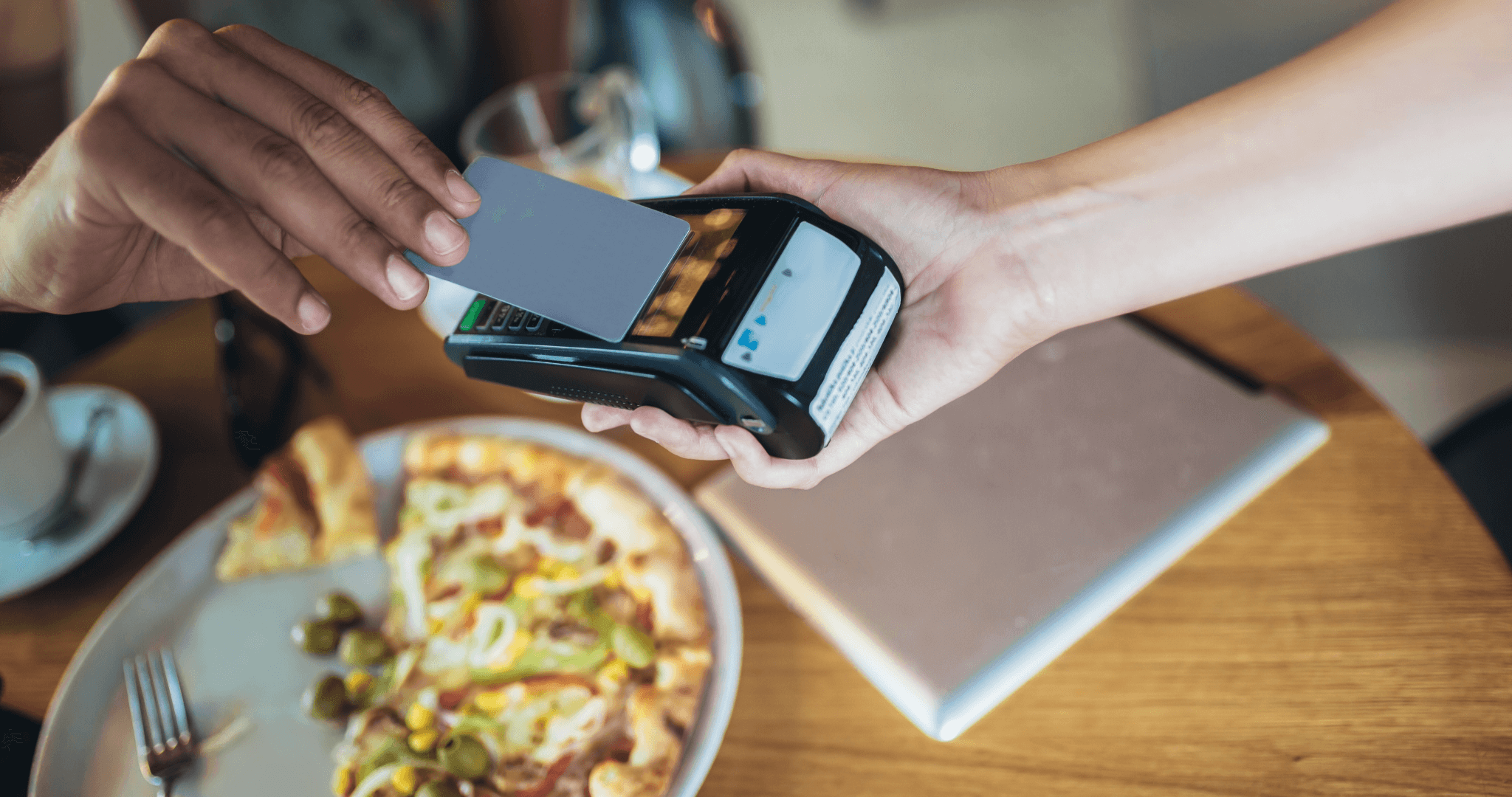Point of View - Surge Pricing Like Your Uber Fare
Posted by Stelios on 5th Mar 2024 Reading Time:
Imagine a future where the price of your fish and chips fluctuates based on the time of day. This future is closer than it might seem. The concept, known as "dynamic pricing," has made headlines with Wendy's announcement of its foray into this pricing strategy, sparking a broader conversation about the potential widespread application of this model across various industries.

Dynamic pricing, a model where prices adjust in response to supply and demand, is already familiar to anyone who's booked a flight or hailed an Uber. However, its proposed application to fast food through Wendy's initiative has elicited a mix of intrigue and concern. At its core, the move aims to offer discounts during slower periods.
The backlash Wendy's faced illuminates a larger discomfort with the unpredictable nature of pricing in today's market. This shift has been gradually taking shape, fueled by the capabilities of modern technology. For instance, Amazon's approach to pricing is a prime example of dynamic pricing in action. The e-commerce behemoth reportedly adjusts prices millions of times daily, leveraging a sophisticated analysis of vast data sets to predict and influence consumers' purchasing decisions.
While a boon for maximising your business profit, this price fluidity introduces a new layer of uncertainty for consumers. The idea that the price of a book, a piece of technology, or even a fast-food meal can change from one moment to the following challenges the traditional understanding of market fairness and transparency.

Some suggest that instead of implementing peak-time surcharges, businesses could attract customers with special deals during off-peak times, maintaining price stability while capitalising on the ability to adjust prices dynamically.
This approach preserves consumer trust and adheres to the essence of dynamic pricing - adjusting costs in real-time to match demand. The challenge lies in executing this strategy in a way that feels fair and transparent to consumers, avoiding the pitfalls of perceived exploitation or price gouging that have occasionally marred the reputation of giants like Amazon.

As we stand on the brink of this pricing revolution, it's crucial to discuss the implications of these changes. How do we navigate the transition from fixed to fluctuating pricing in a way that maintains consumer confidence and fairness? The evolution of pricing strategies invites us to reconsider our relationship with the market dynamics of supply and demand in the digital age.
Your thoughts are invaluable to this discussion. How do you perceive the shift towards dynamic pricing in everyday transactions, from your online shopping cart to your menu? Share your insights and experiences in the comments below.

